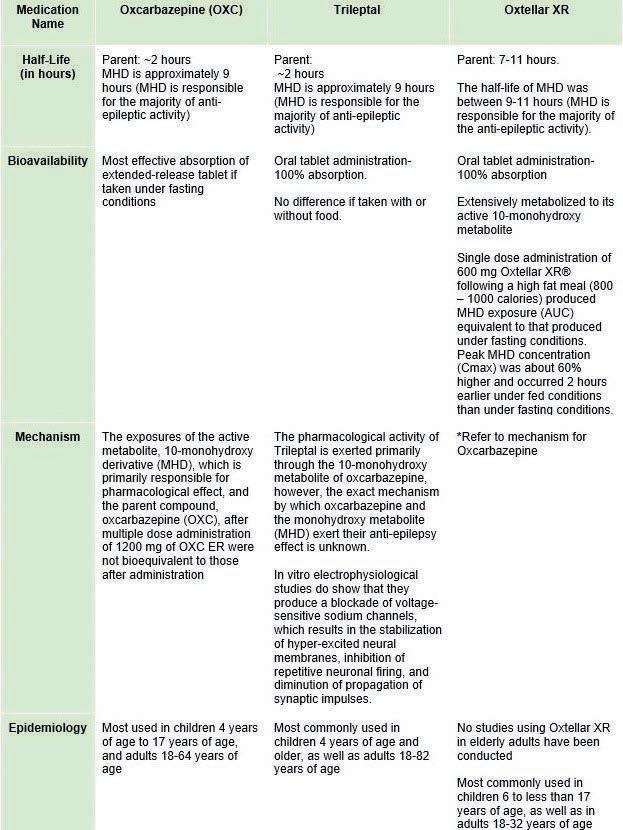Scholarly Research In Progress • Vol. 5, November 2021
Changes in Morphine Distribution in the United States Megan E. Dowd1†‡, E. Jessica Tang1†‡, Kurlya T. Yan1†‡, Kenneth L. McCall2, and Brian J. Piper1 ¹Geisinger Commonwealth School of Medicine, Scranton, PA 18509 2 University of New England, Portland, ME 04103 † Doctor of Medicine Program ‡ Authors contributed equally Correspondence: kyan@som.geisinger.edu
Abstract
Introduction
Background: Morphine is one of the most commonly prescribed opioids by hospitals and pharmacies in the United States (U.S.). Morphine’s potent analgesic properties have also been associated with the increase in addiction, misuse, and opioidrelated deaths in the U.S. since the 1990s. This has led to heavier regulation of opioid usage and prescription within the past decade. Despite federal regulations, population-adjusted morphine distribution varies markedly between states, in part due to varying state laws. The objective of this study was to describe trends in morphine distribution amounts nationwide and between states from 2012 to 2019.
Since the federal deregulatory policies of the late 1980s that gave pharmaceutical companies greater direct-to-consumer marketing access, the United States (U.S.) has observed an increase in demand and prescription rates of opioids. This is partially attributable to aggressive advertising of opioids that were oftentimes misleading and labeled opioids as non-addictive (1). The ongoing opioid crisis due to the subsequent rise in opioid addiction and misuse was declared a national public health emergency in 2017.
Methods: Drug weight and population data were obtained from Report 5 of the U.S. Drug Enforcement Administration’s Automation of Reports and Consolidated Orders System (ARCOS) to describe trends in the distribution of morphine across the U.S. between 2012 and 2019. Morphine distribution amounts were separated by state and business type and adjusted by total grams distributed to each state business by the population of the state. The percent change in grams of morphine distributed per state population from 2012 to 2019 was then calculated. Results: In 2012, U.S. pharmacies and hospitals dispensed 24,600 kilograms of morphine. In 2019, that number had decreased to 11,900 kilograms, a 51.7% decrease. Notably, Oregon experienced the largest decrease, 68.2%. States with the highest morphine usage in 2012 also observed the highest declines in morphine distribution amounts over the 7 years. Conclusion: Distribution of morphine has substantially decreased in the last decade. This is observed nationally and unanimously statewide. The decline in the distribution of morphine in the U.S. may be attributable to increased prioritization of the opioid crisis as a public concern, resulting in increased funding of opioid misuse and treatment programs and decreased production quotas for opioids, including morphine. This decline also coincides with the national shortage of parenteral opioids resulting in greater prescriptions of alternative opioids such as nalbuphine and buprenorphine. Guidelines may also be effective in changing prescribing practices and can be considered when comparing differences in decline of morphine distribution between states. The Oregon Health Authority (OHA) implemented an Opioid Initiative in 2015 that increased access to nonopioid pain treatment, decreased opioid prescribing, and used data to inform policies and interventions. This coincides with Oregon having the greatest decrease in morphine prescriptions compared to all other states.
62
Morphine, a potent analgesic commonly prescribed for aroundthe-clock treatment of moderate to severe pain, is one of the most commonly abused opioids in the U.S. Adverse effects of morphine range from increased risk of infections to neonatal abstinence syndrome to death. Treating opioid abuse is estimated to cost $72 billion each year, comparable to medical costs for treating asthma and diabetes (2). Morphine is most frequently prescribed for chronic, postoperative, and acute outpatient pain. Prescriptions increased by 64% between 2004 and 2011 — the greatest increase observed across all opioid analgesic prescriptions — but after peaking in 2012 has since declined (3). This coincides with the U.S. Department of Health and Human Services’ $1 billion fund allocated to states to be used for addiction prevention, treatment, and recovery services, data collection, pain management, overdose reversing drugs such as naloxone, and research. Usage of these funds has largely lied within individual state legislation (4). Despite an overall national decrease in morphine prescriptions, there is marked variation between states concerning the percent change in population-adjusted opioid distribution since the peak of the opioid crisis in 2012. Therefore, the objective of this report is to 1) describe trends in morphine prescription from 2012 to 2019 and 2) compare these trends on a state-tostate basis.
Methods Procedures All data was collected through the Automation of Reports and Consolidated Orders System (ARCOS). ARCOS is an automated, comprehensive drug reporting system that allows the U.S. Drug Enforcement Administration to monitor the flow of controlled substances from the point of manufacture through commercial distribution channels to point of sale or distribution at the dispensing/retail level — hospitals, retail pharmacies, practitioners, mid-level practitioners, and teaching institutions (5). ARCOS tracks controlled substances transactions and












































